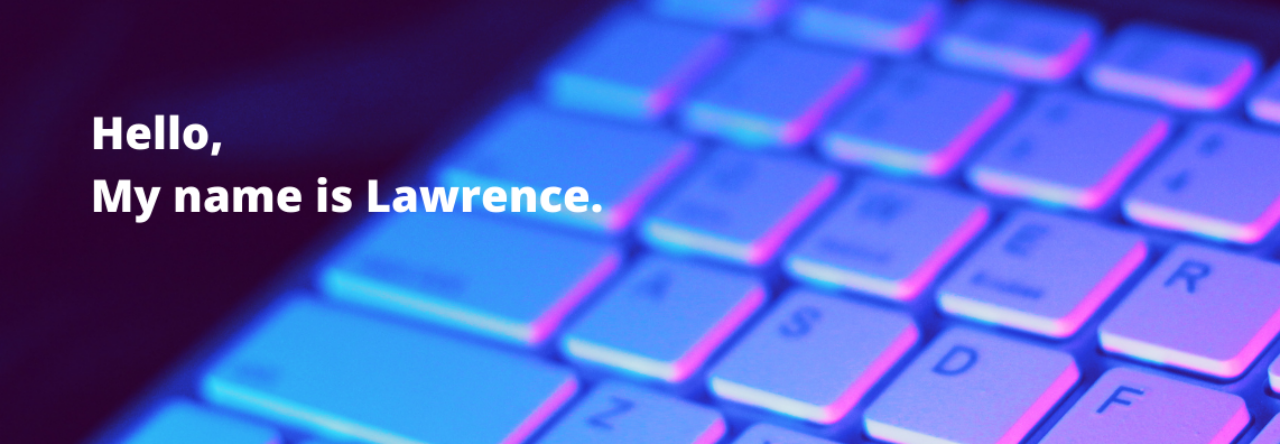Personal Learning Networks (PLNs)
Personal Learning Networks, also known as PLNs, describe the group of people who can connect to and gain/share knowledge. They can be your peers, family, and people that you never meet in person. With the rapid development of network technology, people begin to create their networks for the purpose of learning with the application of network tools such as blogs, wikis, Facebook, and other social media platform. Personal learning networks enhance the opportunities to interacting with others, learn from others, and get help from others. These opportunities are much greater than the opportunities we get from face-to-face interaction.
With the further increase in Internet penetration, the deepening of Internet applications by netizens, and the gradual advancement of the Web2.0 tide, online communities have become the fundamental applications for netizens on the Internet. Internet users use the Internet to establish a series of interpersonal relationships in the virtual society and increasingly extend real-life interpersonal relationships to the Internet. The diversified network applications of online communities are changing the perception and the usage habit of people. In recent years, the user scale of online communities increased exponentially, and various online communities have developed rapidly in competition. Online communities playing an instrumental role and gradually become an important portal for the majority to entertain and obtain information. With a significant increase of online users, identification becomes a part of the online community.
What is digital Identity?
Identity is the imprint that everyone is born with it. In recent years, with the rapid development of the Internet, the form of identity has gradually transitioned from physical to virtual, digitized, and networked. The identification of certainty and credibility has become a topic that the public urgently needs to discuss.
Digital identity is a concept in cyberspace. It refers to a set of data that describes a person or an entity on the Internet. It is an online identity used by individuals, organizations or electronic devices in the network or network identity. These individuals, organizations or electronic devices may have more than one digital identity through different online communities. These digital identities are composed of some characteristics or digital attributes. A digital identity may also be associated with other digital identities, such as Facebook, Linkedin, etc. Although these identity-related attributes can help determine an individual identity to a certain extent, these attributes can be changed, hidden, or even discarded. The other form is the digital sovereign identity, which meets the regulatory policies of the government. And these digital identity is issued by the National Citizen Network Identity Recognition System.
Over the years, social media has dominated the Internet. People using social media to share and communicate with others in daily life. Organizations establish and maintain the good status of their corporate image on social media. Unlike individual users, organizations and companies using social media in large part for commercial purposes. Many companies use social media as a tool to communicate with customers. Companies can respond to a group of customers with a single blog post. Moreover, companies are no longer limited to finding the best employees through traditional advertising. Candidates can be recruit through social media. Job search websites and apps allow companies to share job vacancies within the scope of the website and better screen job applicants. The social element adds a whole new dimension to the traditional interview process. For example, recruiters could connect with job applicants before the interview on Linkedin. People can link with similar contact of networks, hobbies, recognized skills, and so on.
Digital identities are essential to open a wide range of new interactions between consumers, businesses, and governments. It plays a key role in providing new digital services, simplifying operations, reducing entry costs and managing fraud. Personally identifiable information (PII) is the fatal weakness of digitization. As consumers continue to change their financial and retail habits online, more personally identifiable information (PII) is held by companies. The rapid migration of enterprises to the cloud makes consumer data increasingly fragile on the network and difficult to monitor. The proliferation of mobile devices used for business-critical functions has added an additional level of security exposure. People are disclosing more personal information than ever. Hackers continue to use various types of attacks to obtain and use that personal information which causes serious damage to consumers and businesses.
Reference
What is a personal learning network (PLN)? FutureLearn. (n.d.). Retrieved September 22, 2021, from https://www.futurelearn.com/info/courses/learning-network-age/0/steps/24644.
Allison, A., Currall, J., Moss, M., & Stuart, S. (2005). Digital Identity Matters. Journal of the American Society for Information Science and Technology, 56(4), 364–372. https://doi.org/10.1002/asi.20112
Boyd, D. (2012). Networked privacy. Surveillance & society, 10(3/4), 348.
